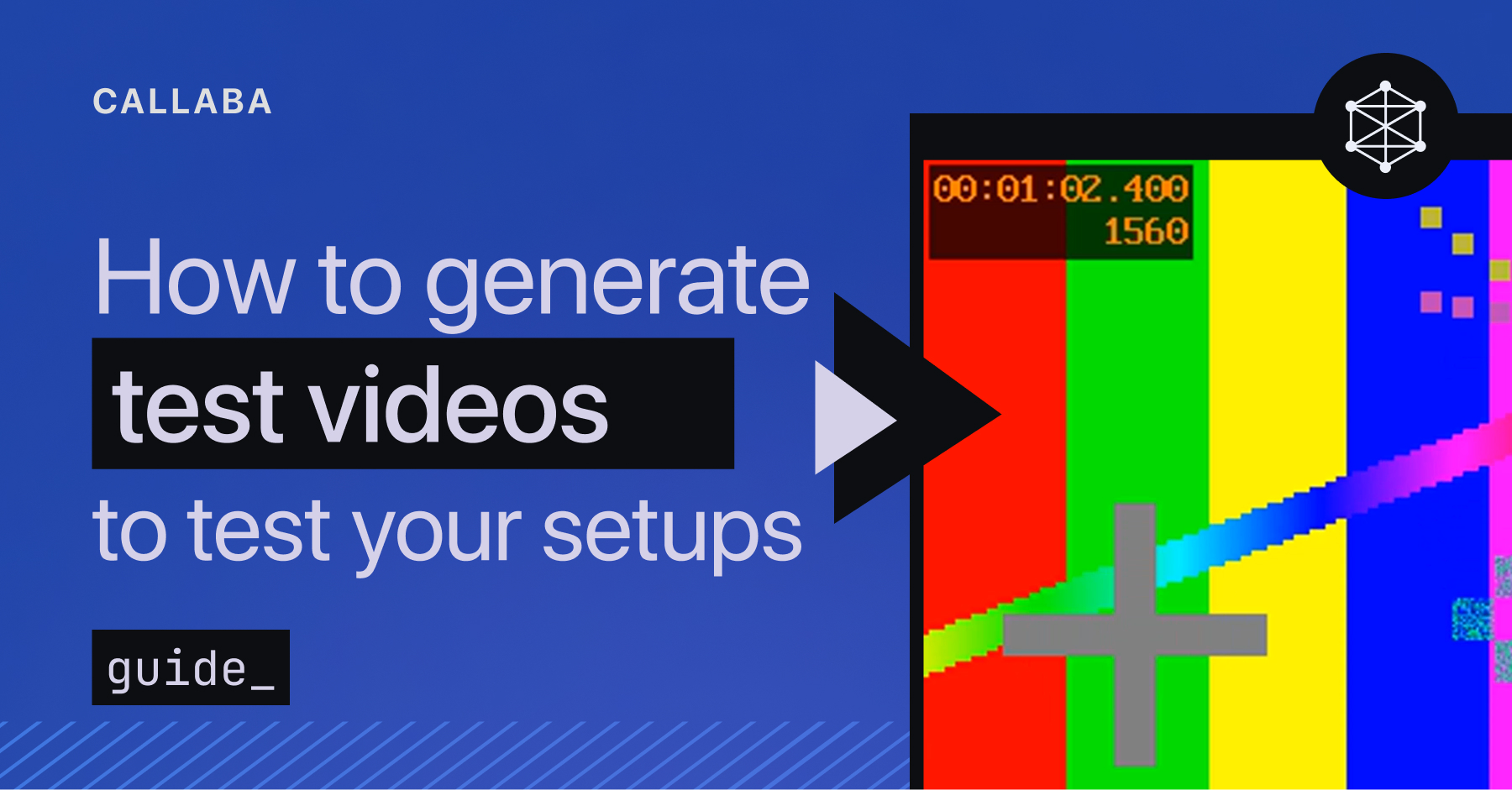Esports vs Traditional Sports: Broadcasting Comparison

We’re going to take an offbeat journey into the realms of esports and traditional sports broadcasting. It’s an epic clash, much like Godzilla versus King Kong, but with less city destruction (we hope). Let’s compare their techniques and the unique twists they bring to the viewer experience. Buckle up, and let’s get started!
Setup and Cameras
Traditional sports broadcasting uses a variety of cameras for different angles and shots. Cameras like the Sony HDC-4300L provide a bird’s eye view of the action, while handheld cameras catch close-ups of players. The camera crew and directors work together to select the best shots, playing a high-stakes game of “best angle bingo.”
Meanwhile, in the esports universe, they don’t need to lug around hefty cameras. Most of the action is captured in-game through software like OBS, which is used to switch between different viewpoints, including player POV, overhead map views, and third-person perspectives. OBS, despite being free, offers robust options for professional-grade streaming.
Graphics and Overlays
Both traditional sports and esports broadcasts use graphics and overlays to display key information. However, esports often takes this a step further due to the digital nature of the games. With tools like Streamlabs, esports broadcasts can create real-time overlays displaying stats, player information, and in-game objectives.
Traditional sports also use overlays for stats and player information, but these are typically managed through specialized broadcast software like Vizrt. The lack of in-game access means these graphics are usually less interactive than their esports counterparts.
Commentary and Analysis
In both esports and traditional sports, commentary is crucial to the viewer experience. Traditional sports have mastered the art of play-by-play commentary and sideline reporting, often using tools like the Shure SM58 microphone for clear audio capture.
Esports, learning from this, also places a significant emphasis on skilled commentary. Additionally, they’ve integrated unique features like real-time in-game analysis and post-game breakdowns using the game’s replay system.
Interaction with Viewers
Esports has taken the lead when it comes to viewer interaction. Platforms like Twitch allow for real-time chat, making esports streams highly interactive. Viewers can engage with each other, participate in polls, and even interact with the streamer in some cases.
Traditional sports have started borrowing this technique, with platforms like Facebook Live and Twitter offering interactive features during sports broadcasts. However, the level of interaction is still significantly less compared to esports.
Final thoughts
While traditional sports broadcasting has the advantage of a long-standing history and established techniques, esports is quickly catching up, leveraging the flexibility and interactivity of digital platforms. As these worlds continue to borrow from each other, the true winner will be the viewer, with increasingly engaging and interactive broadcasts.
So, whether you’re an esports fanatic or a traditional sports enthusiast, there’s no denying that the future of sports broadcasting is going to be an interesting one. Let’s stay tuned and see where this journey takes us!














![How to receive a feed from a CCTV camera in RTMP [Part 2]](https://api-update.callabacloud.com/upload/1665505619294-1-exdfoq-sduawtt61145bnq-png.png)
![How to transform UDP feed from a CCTV camera into RTMP [Part 1]](https://api-update.callabacloud.com/upload/1665505327856-1-14htgqn1jtviqiga-jjylg-png.png)










